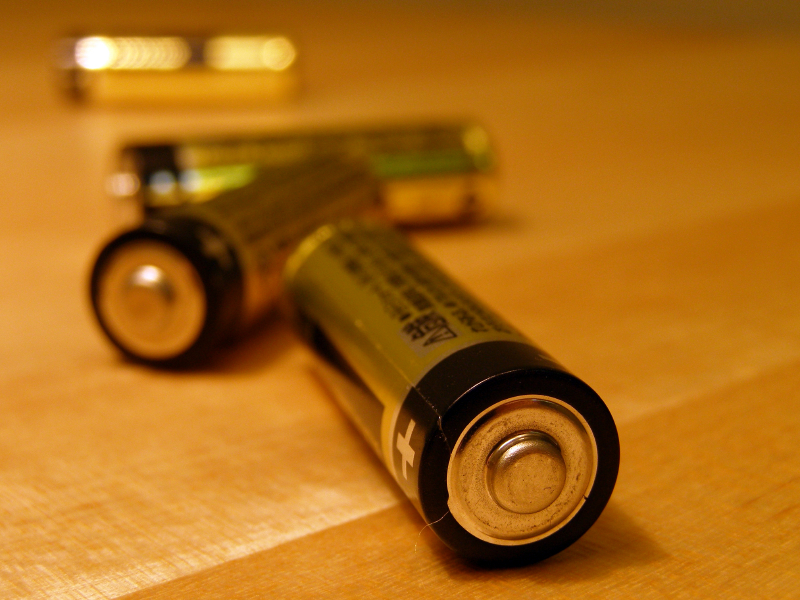
|
Shippers must comply with PHMSA’s amended regulations for shipping lithium batteries, including those contained in or packed with equipment. The amendments address hazard communication and packaging and affect all types of transportation, but the emphasis is on ensuring the safety of aircraft carrying lithium batteries.
The regulations for shipping lithium batteries are meant to prevent:
- Shorts circuits,
- Movement within the outer packaging, and
- Accidental activation of the equipment.
Check out our DOT HAZMAT Safety Training Regulatory Compliance Kit. The program makes employees aware of the hazards associated with the materials they handle… and shows them how to work with these materials safely. Learn more now!
Packaging Tips
A few key tips for shipping lithium batteries include:
- Place the lithium batteries in nonmetal inner packaging that completely encloses them.
- Keep batteries from contact with equipment, other devices, or conductive materials (such as metal) in the packaging.
- Pack lithium batteries that are contained in equipment in appropriate outer packaging for protection unless the equipment protects batteries adequately. Any spare batteries for the equipment must be packed under the same rules as individual batteries.
- Secure the equipment against movement within the outer packaging, and pack it in a way to prevent accidental operation during transport.
There are exceptions for small batteries depending on their watt-hour rating—that is, the energy capacity of the battery—and the lithium content. There are stricter packaging requirements for lithium batteries that weigh 26 ½ pounds or more.
Outer packages must be rugged enough that the inner packaging and its contents are not crushed. Unless lithium cells or batteries are contained in equipment, each package must be capable of withstanding a 1.2 meter (about 4 feet) drop test in any orientation without damage to the cells or batteries contained in the package, without shifting of the contents that would allow battery-to-battery (or cell-to-cell) contact, and without the package breaking open.
Created specifically for the Department of Transportation’s HAZMAT Training regulation on Handling and Transporting Hazardous Materials, the DOT HAZMAT Safety Training Regulatory Compliance Kit, provides the Safety Training required by the regulation.
Air Limits
For transportation by aircraft, lithium cells and batteries may not exceed the limits listed in the tables below. The limits on the maximum number of batteries and maximum net quantity of batteries in the tables may not be combined in the same package.
Lithium Metal Cells or Batteries:
|
Contents |
Lithium metal cells and/or batteries with a lithium content not more than 0.3 grams (g) |
Lithium metal cells with a lithium content more than 0.3 g but not more than 1 g |
Lithium metal batteries with a lithium content more than 0.3 g but not more than 2 g |
|
Maximum number of cells/batteries per package |
No Limit |
8 cells |
2 batteries |
|
Maximum net quantity (mass) per package |
2.5 kilograms (kg) |
n/a |
n/a |
Lithium Ion Cells or Batteries:
|
Contents |
Lithium ion cells or batteries with a watt-hour (Wh) rating not more than 2.7 Wh |
Lithium ion cells with a Wh rating more than 2.7 Wh but not more than |
Lithium ion batteries with a Wh rating more than 20 Wh but not more than 100 Wh |
|
Maximum number of cells/batteries per package |
No Limit |
8 cells |
2 batteries |
|
Maximum net quantity (mass) per package |
2.5 kg |
n/a |
n/a |
